Blog
From the Untamed Taklamakan
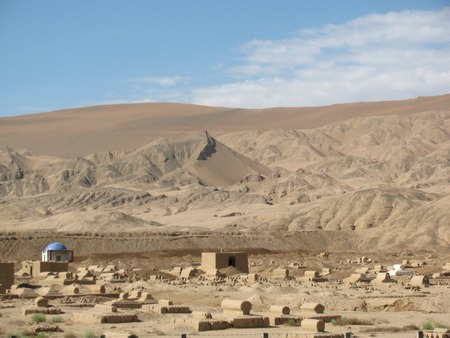
When you look at the Taklamakan desert from above, in a photo taken from space or a relief map of China, it almost looks like the features of this immense stretch of Western China has simply been erased. It’s just blank. There’s nothing here.
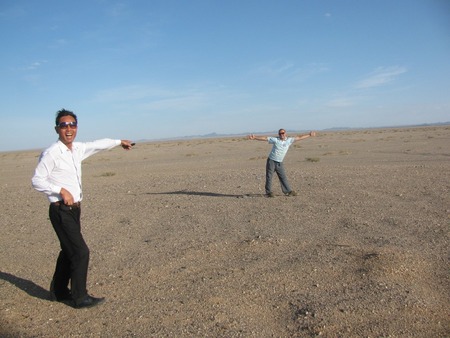
Our view, about a meter off the ground, rolling along somewhere between a teeth-gnashing slog into a headwind or the blurry 45 kilometer an hour whir of a tailwind, the view of the Taklamakan has been a bit more intimate. Sure, the name of the desert might be traced to the ancient Arabic for “abandonment place” but the distinct faces of the Taklamakan – her capricious mood swings and violent temper, her indifferent quietness and graceful beauty – are an ever present companion. Stung between 140km-rides down the neverending G-30, the desert vacillates between the kind of dreamy cycling some have called ‘the stuff in the brochure’ and moments of unforgiving what-the-hell-was-I-thinking? Brutality. The unpredictable gusts (while as quiet as a church mouse at 5:10am it blows your empty tent into a barbed wire fence 20 minutes later), unrelenting sun (we’re talking sunburn patterns on the back of your hands from the tiny holes in the riding gloves) and big stretches of nothingness don’t just prove challenging on the bike. The hours off the bike – sweltering under the blessed shade of the canopy at lunch, bending tent stakes against the rocky ground, reading your only book as slowly as possible to avoid going completely bonkers – offer a kind of painful after-party. Welcome to the abandonment place. Anyone for a game of Chinese chess?
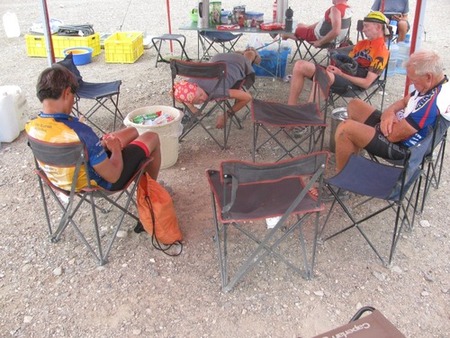
The group seems to divide roughly into two different camps when it comes to dealing with this on the bike. The fast guys race like hell and are awarded the advantage of a cooler morning ride, only to be faced with a 9:30am lunch and an endless afternoon in the desert camp. The slow guys risk suffering in the changing climate all day but are rewarded by a bit of breeze from the bike, a few more cold-ish blueberry drinks from the truck stops and fewer hours of twiddling their thumbs while fantasizing about the next order of chicken nuggets at Dico’s.
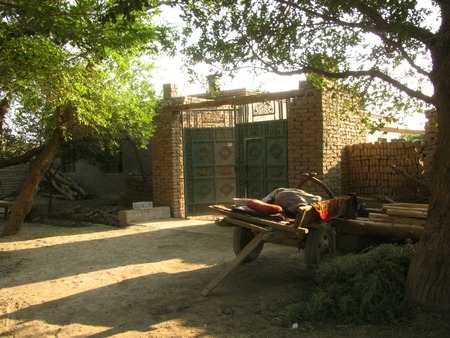
Now for the upside: this place is truly, crushingly, heart-in-your-throat beautiful; the kind of place that makes the idea of documenting it with a digital camera laughable. For the past week the mountains that edge the Taklamakan have grown breathtaking – first the rough, richly colored hills of Flaming Mountains, looking like a coal-streak canvas dropped in a heap, and then every day along the bigger peaks of the Tian Shan range, the snowy peaks of which seem impossible given the sweltering conditions on the road.
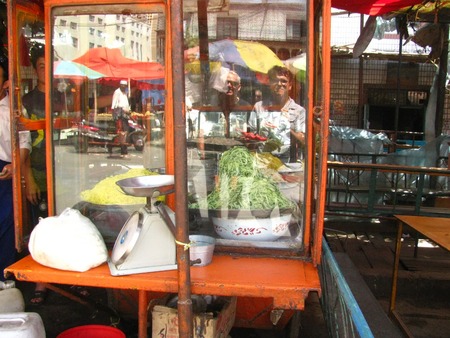
And even though so much of the road is empty, the Uyghur people, who are the dominant minority in the region, seem like the appropriate guardians of the place. The Oasis towns and far-flung markets of the Uyghur region are a feast of the senses that balances the stark environment in the sparkling headscarves of the women selling thick slices of watermelon, the smell from carts where sturdily built men grill kababs of fatty lamb, the rough beauty of the language which mixes elements of Arabic, Russian, Chinese and Turkish. And even if it looks like nothing at all is here from above, the view from the ground is riveting.
— Nate Cavalieri
 REGISTER NOW
REGISTER NOW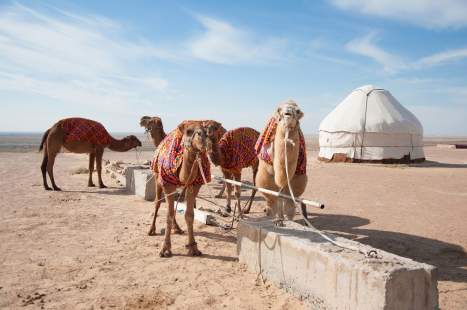



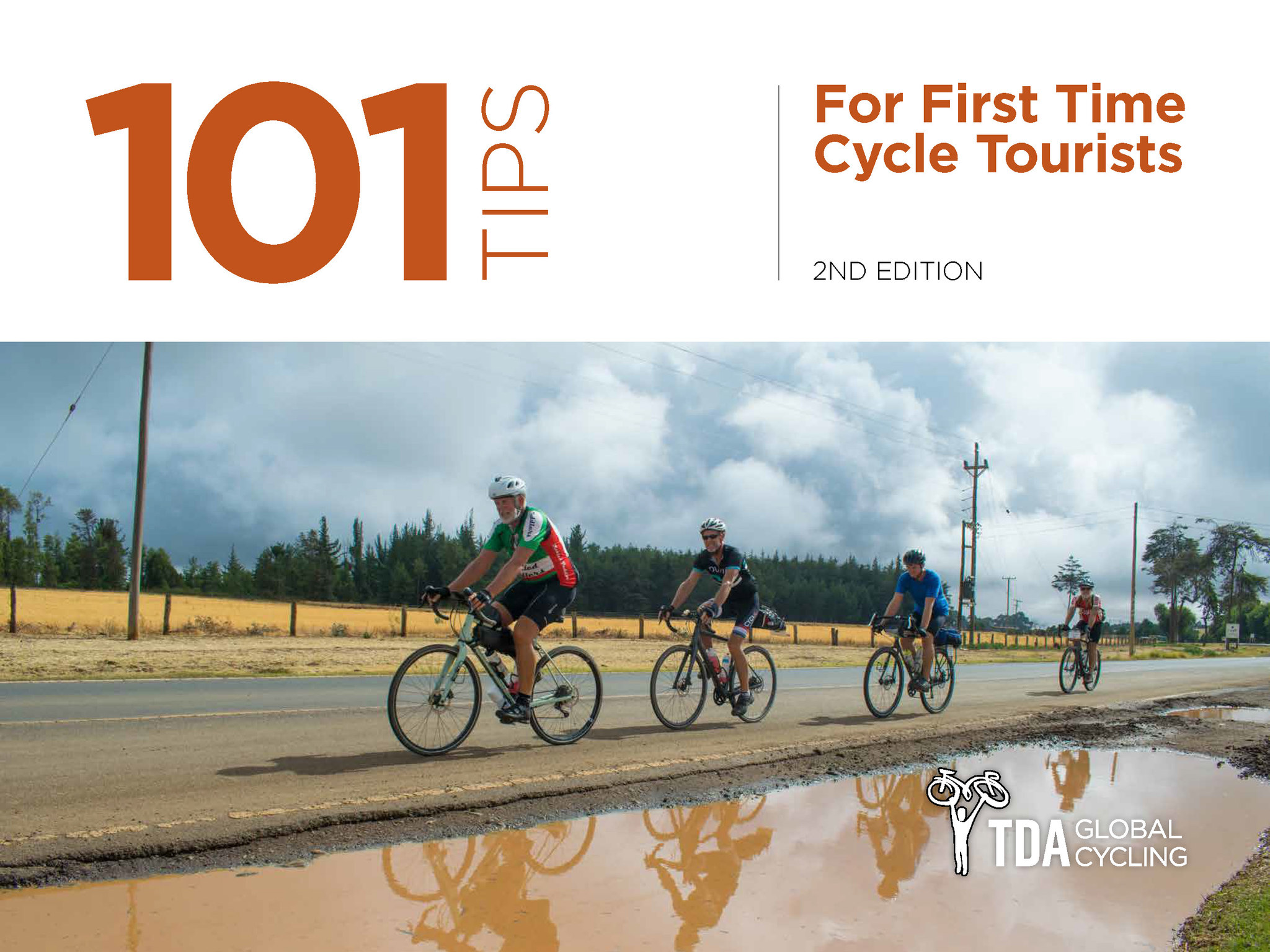
Leave a Comment for "From the Untamed Taklamakan"